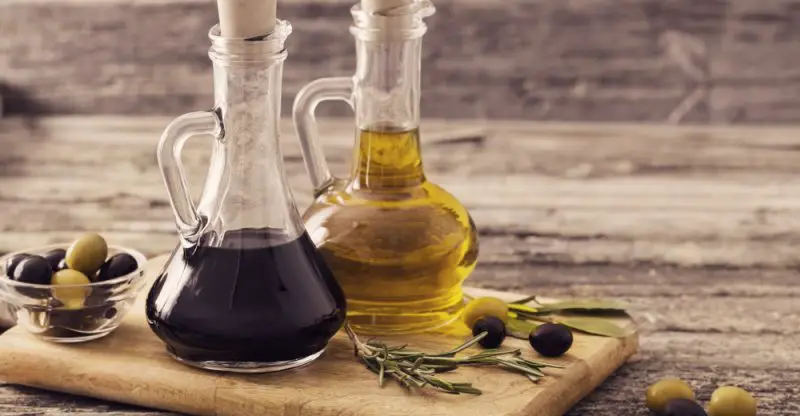Simply the Best: Exploring the Best Balsamic Vinegar
If you have a passion for Italian cuisine, chances are you’re already familiar with balsamic vinegar. While this ingredient is famously used to enhance salads, it offers a wealth of flavors beyond what one might initially think.
In this article, we’ll learn more about this ingredient and look at what makes for the best balsamic vinegar. Let’s go!
What Is It? Where Does It Come From?
This ingredient has its birthplace in Modena, a city in Emilia-Romagna, northern Italy. This area is one of the top wine countries in Italy and, thus, an ideal place to produce vinegar. In fact, there is a particular category called acetaia balsamic vinegar, with “acetaia” being the establishment’s name, which makes this product the traditional way.
Wine producers separate the unfermented juice of grapes to make this unique vinegar. It’s cooked to a syrup, then cooled and stored in wooden barrels, where it ferments. Eventually, the syrup turns to vinegar. Then, it undergoes a 12-year aging process where they transfer it to different barrels.
As you can see, it’s a very time consuming process, but, as a result, you get a delicious, top-quality product, just like you can discover when browsing the Dolceterra balsamic vinegar selection. Even then, what separates the good from the best?
Good vs. Best
When looking for balsamic vinegar, you’ll find all kinds of products, which might be daunting. Understanding the different processes can allow you to separate the good from the best, as there are several things to consider.
- Aging: Traditional balsamic vinegar is aged for at least 12 years in wooden barrels. Commercial ones are aged from 2 months to 3 years.
- Concentrated Grape:The best ones use concentrated grape juice, whereas commercial products are mixed with wine vinegar.
- Protected Designation of Origin: If the product is originally from Modena and complies with the traditional production process, it has a DOP label. Only products coming from Modena and produced as they traditionally were can get this label.
While these features will only be found in the best, many products are good, even though they don’t follow the traditional procedures or are manufactured elsewhere.
There are variants, too. For instance, white balsamic vinegar, much like white wine, offers a lighter color. There’s condimento balsamico, balsamic glaze, and many other products used for various purposes.
When such products aren’t the original but still good, they might get the IGP designation. It means that grapes used in their production are typical varieties of Modena. Even though these grapes can come from anywhere, the product must be processed in Modena.
How to Use It
This product’s first and most obvious use is as a salad dressing. Its sweet yet acidic flavor is perfect for such purposes. It’s also great to enhance soups and stews or as a marinade. It’s also great for enhancing delicious snacks.
However tempting, traditional balsamic is not suited for cooking. This is because the heat will destroy its distinctive taste. Other derived products are better suited for this purpose. When you want to add it to cooked food, it’s best to use it as a drizzle to enhance the flavor of steak, other meats, risotto, or seafood.








